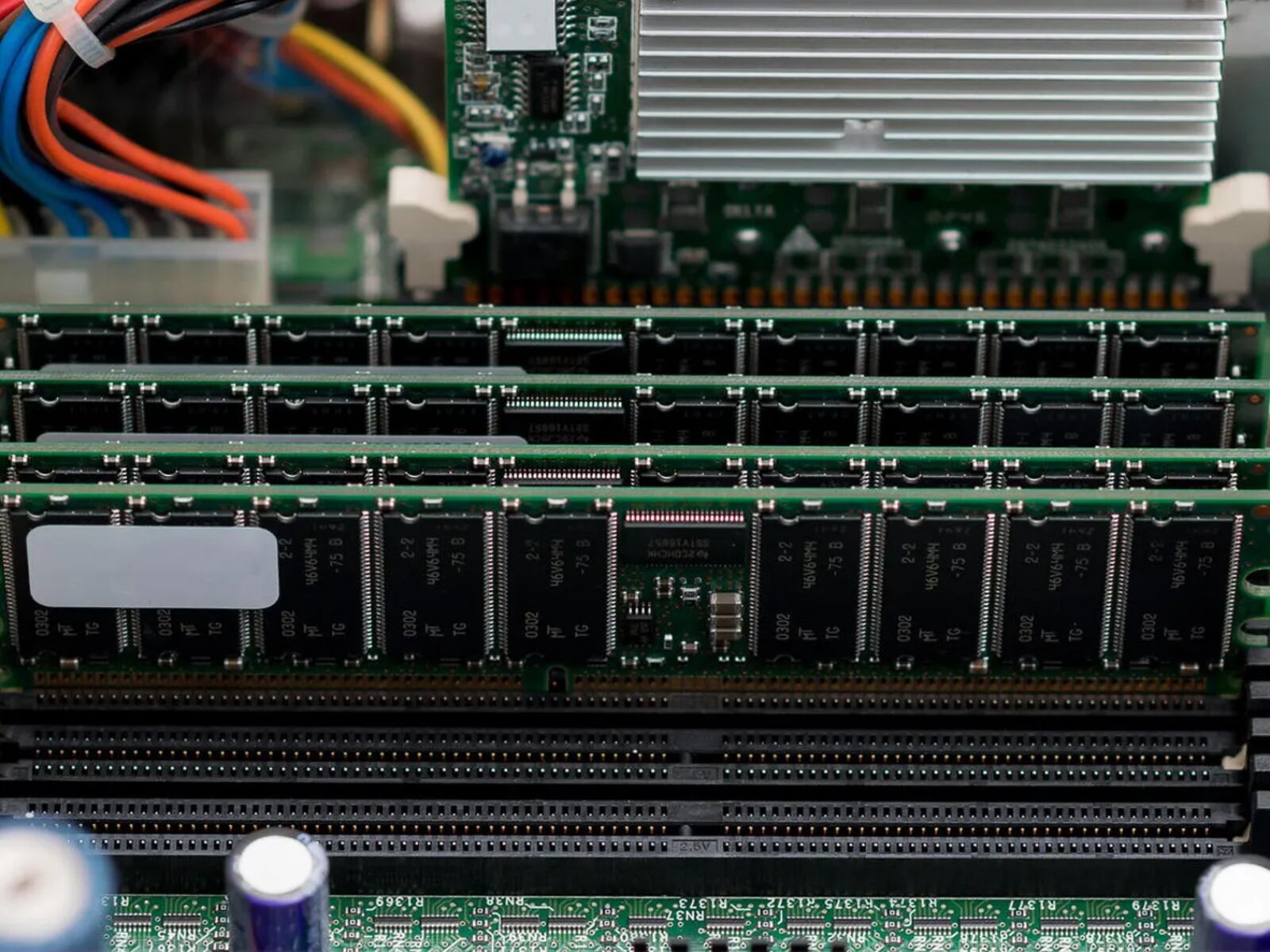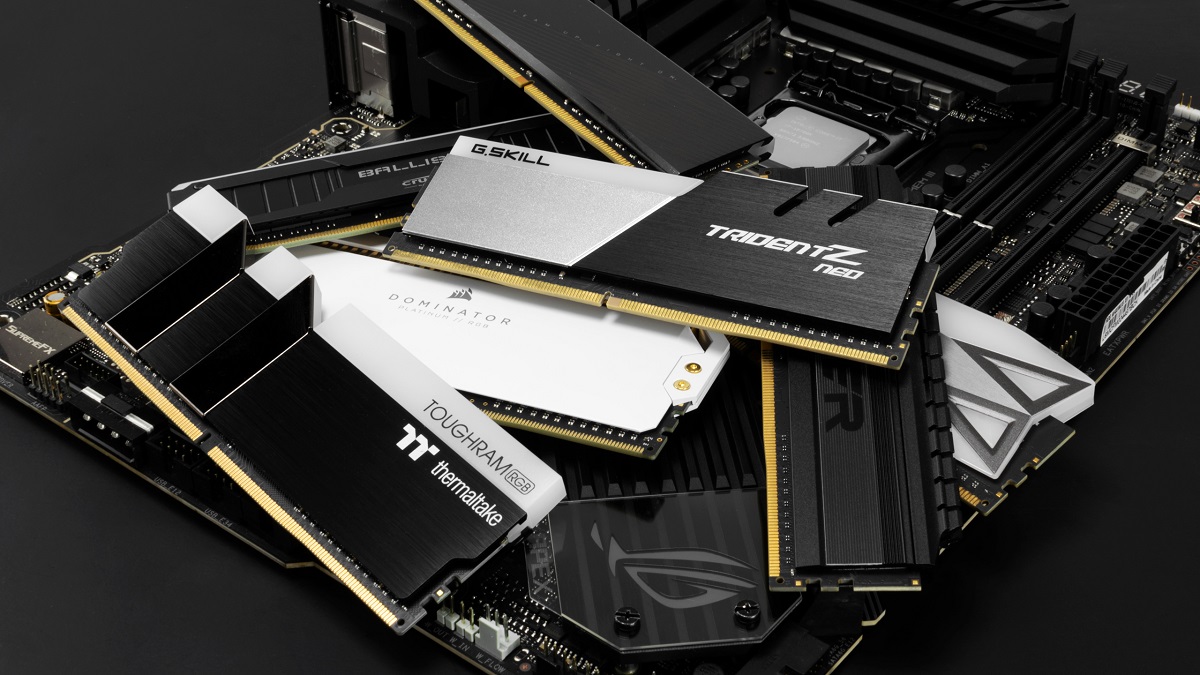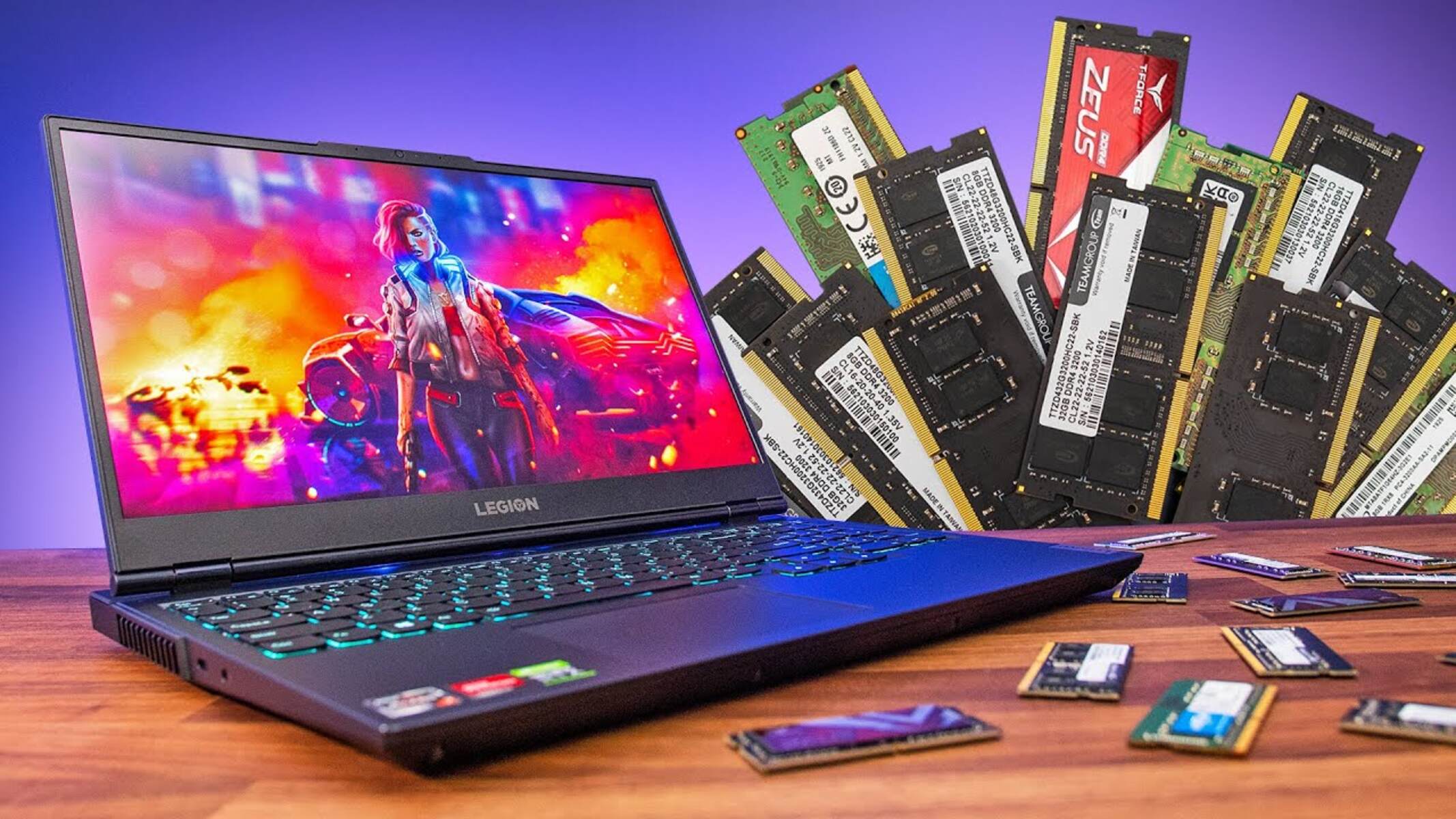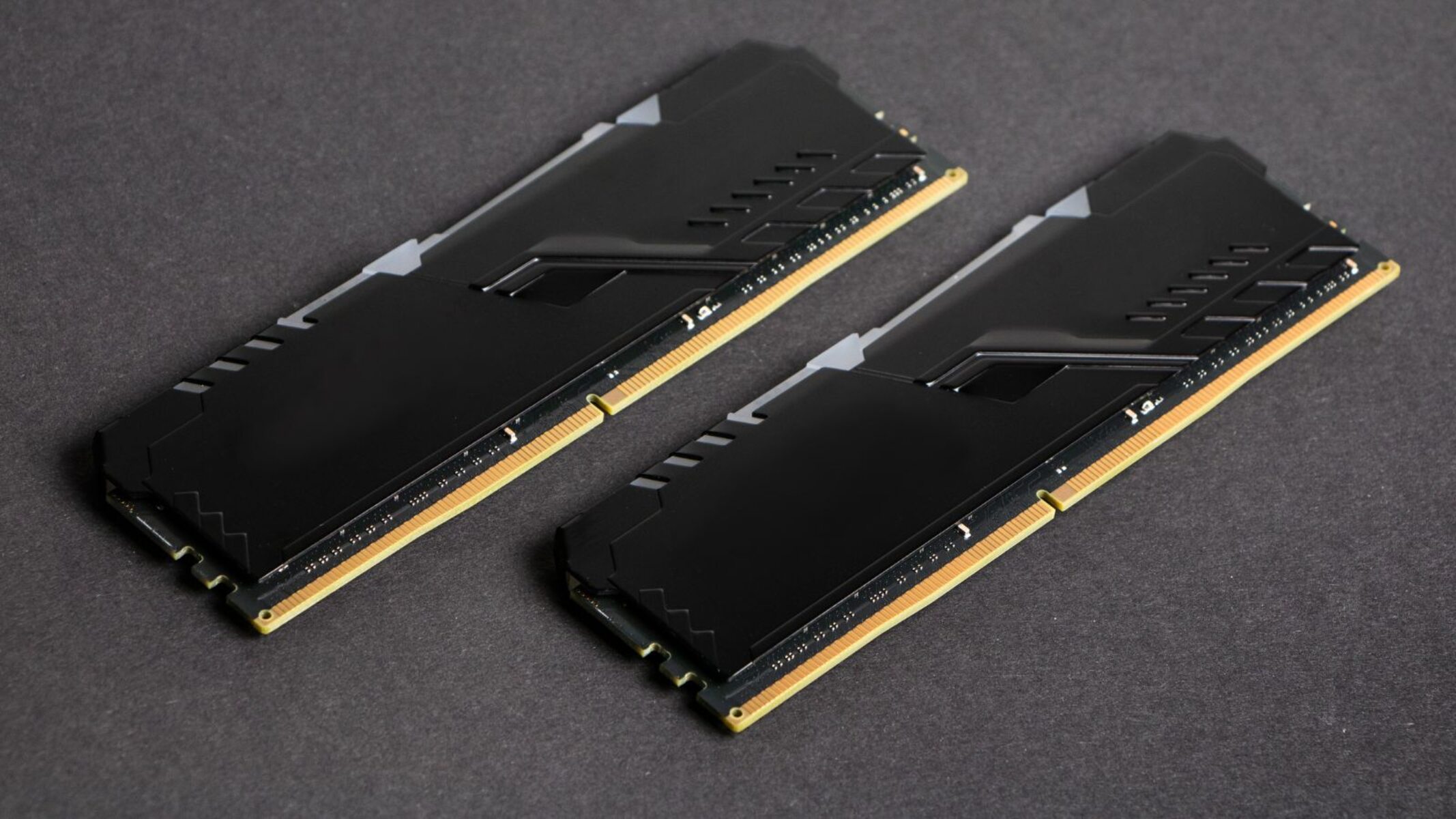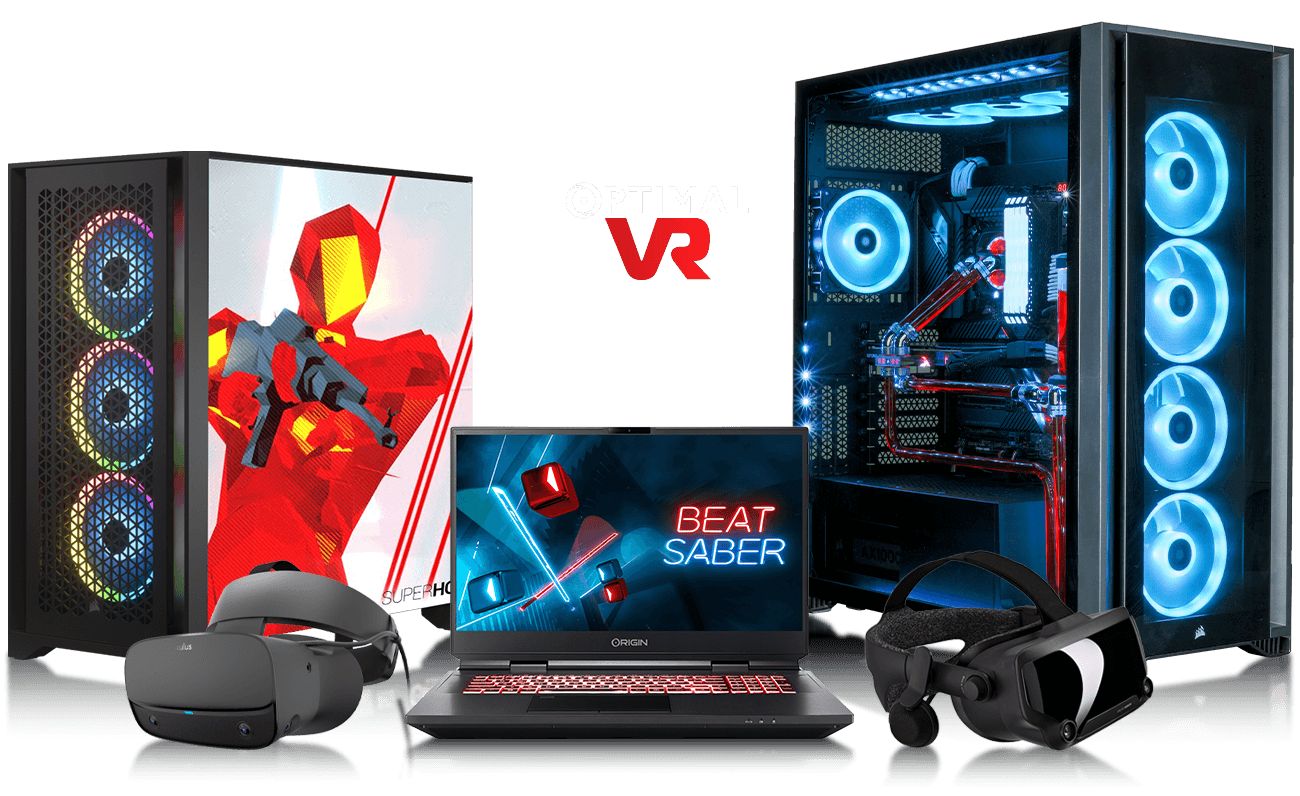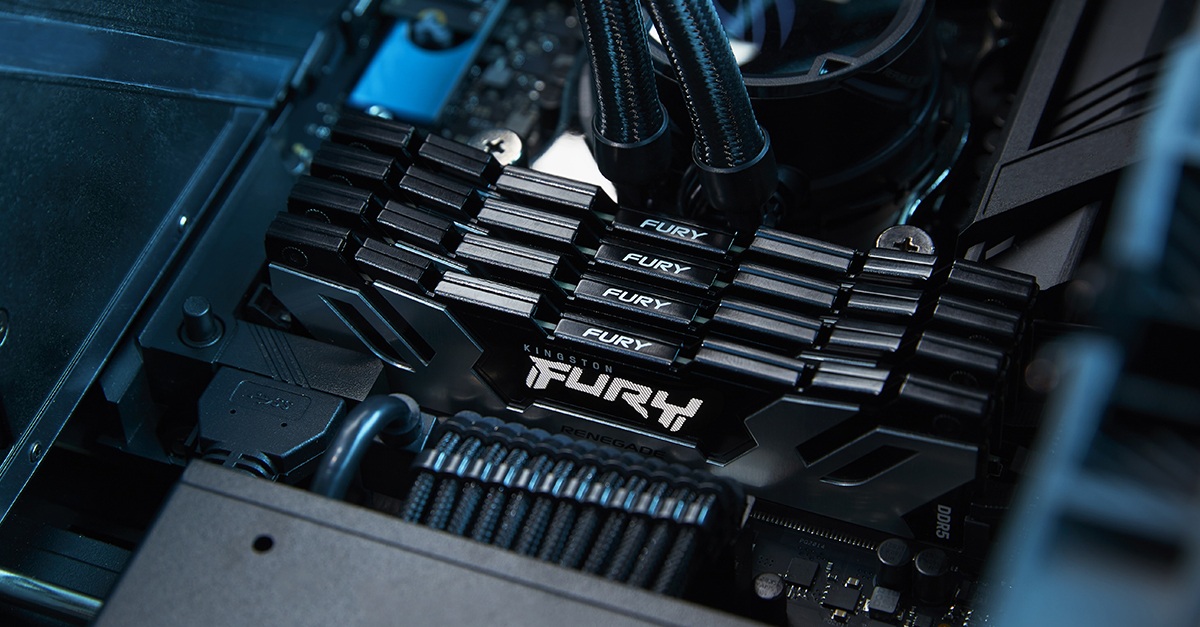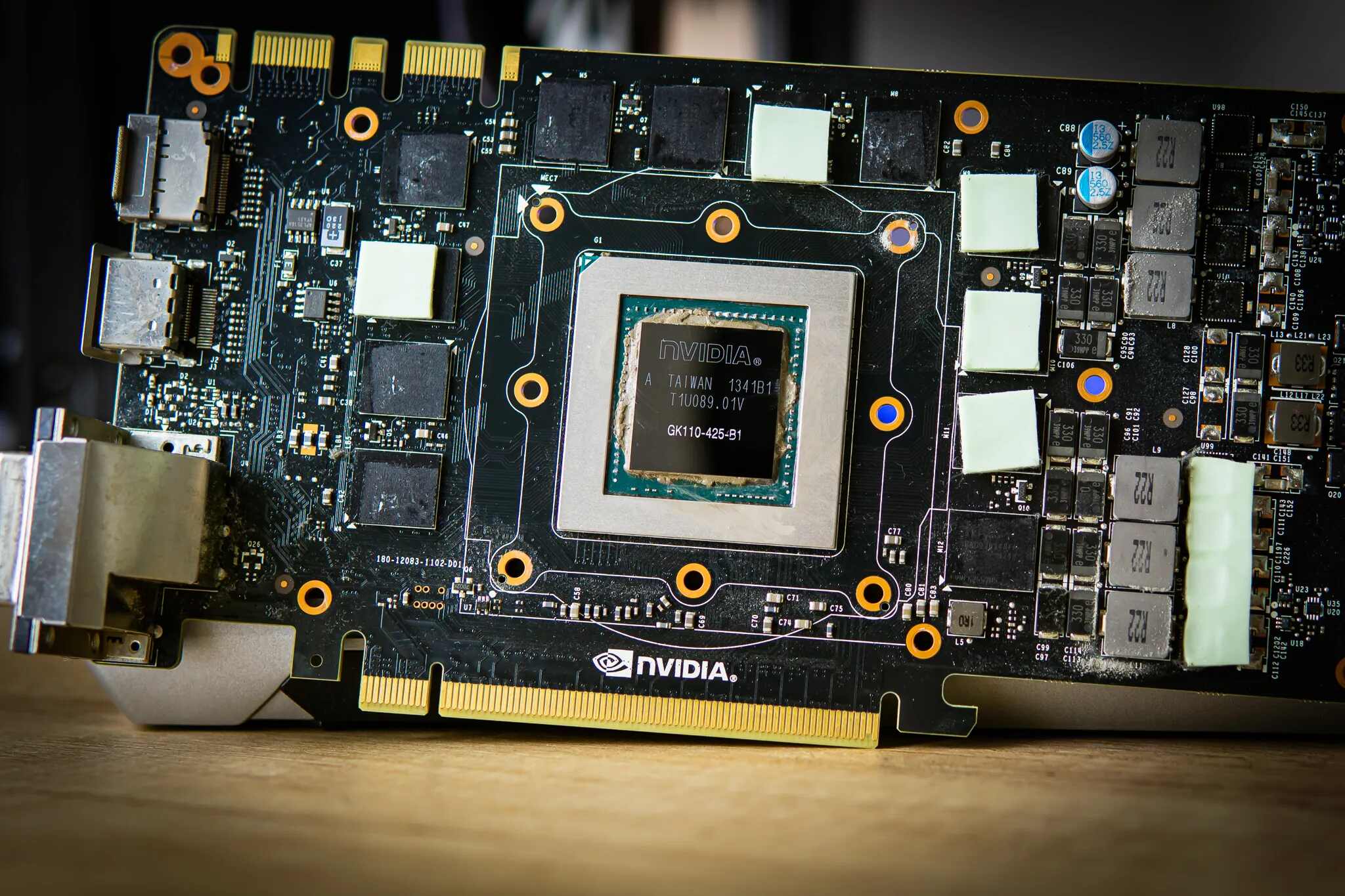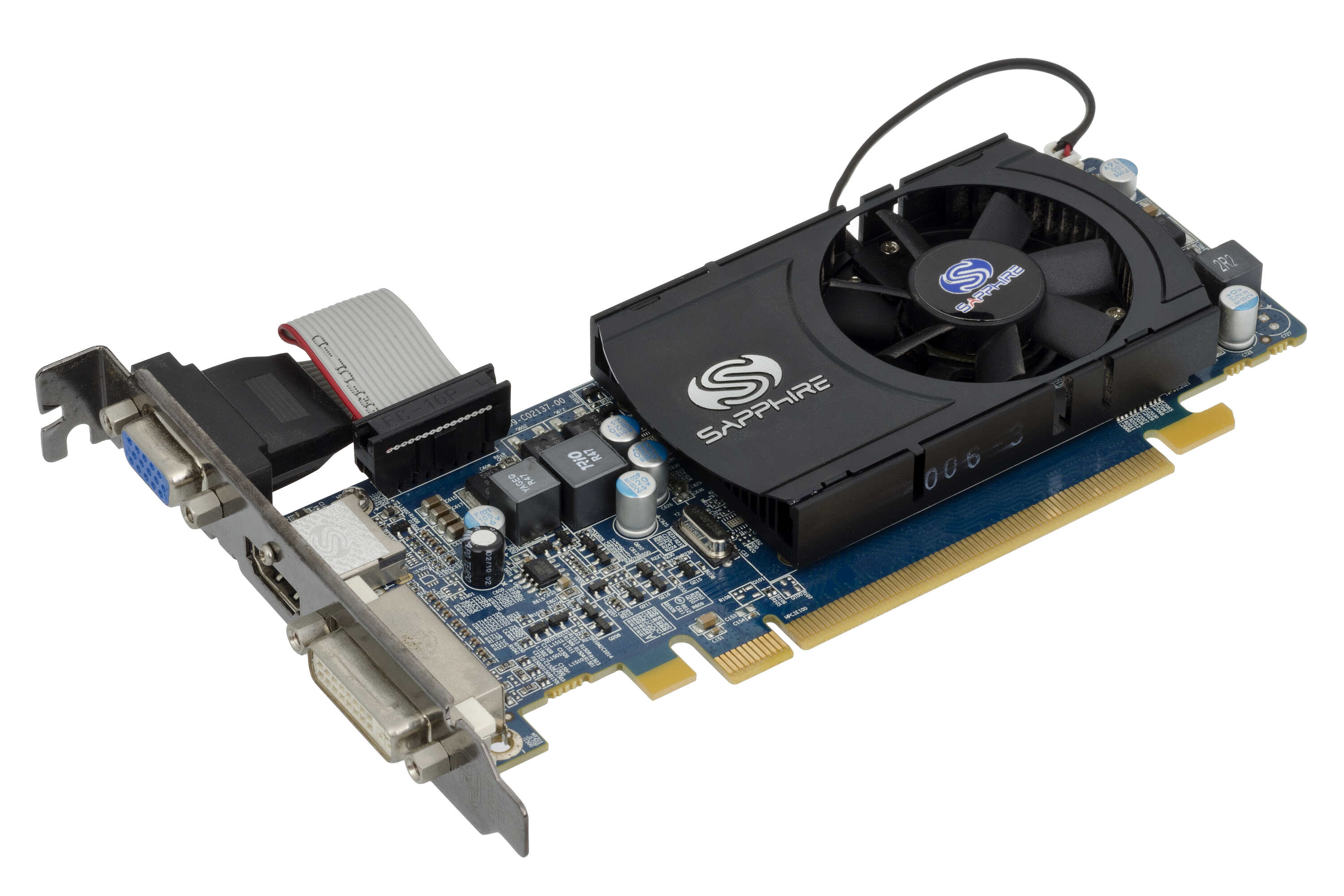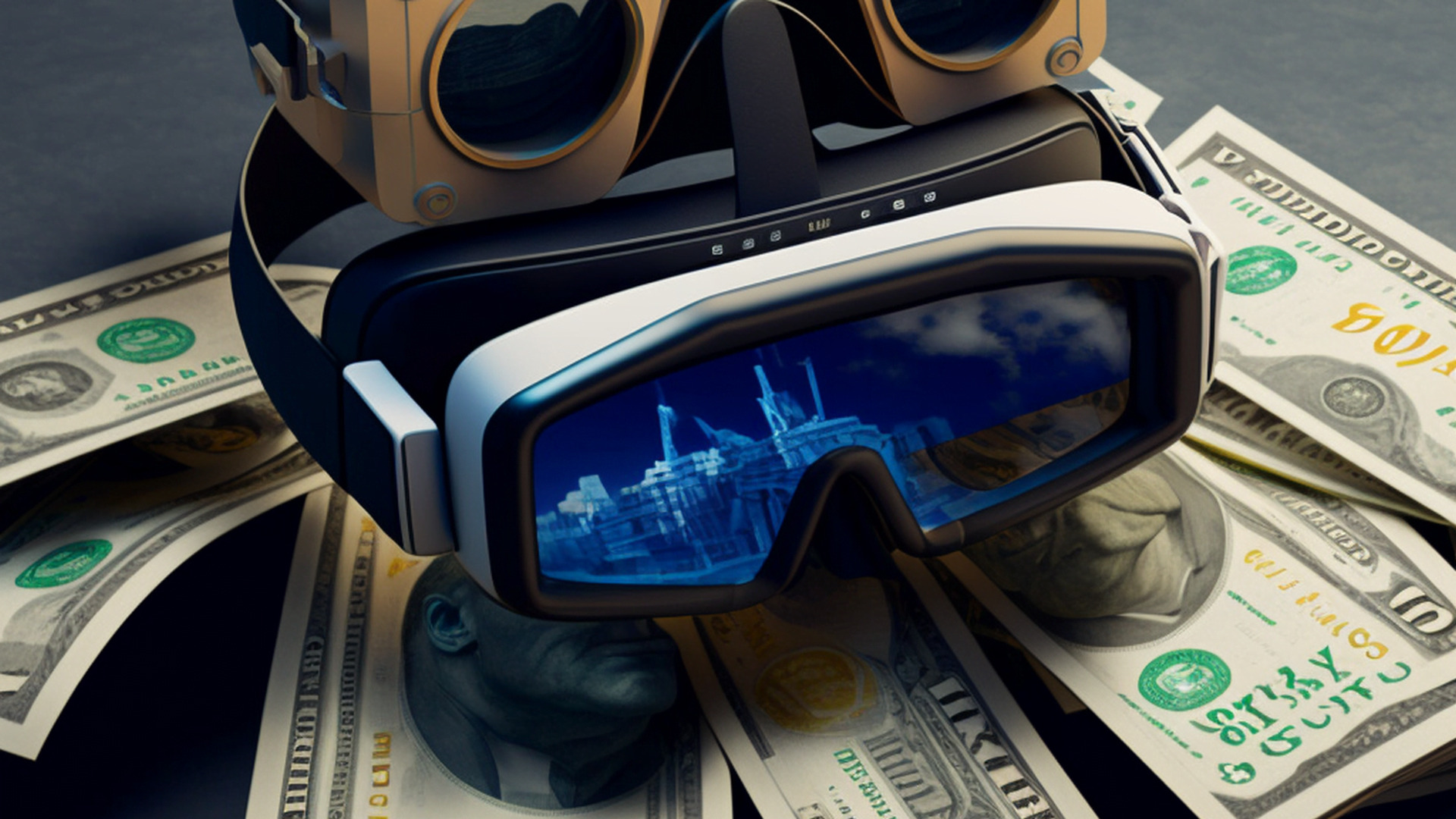Introduction
Virtual Reality (VR) has revolutionized the way we experience digital content, allowing us to immerse ourselves in virtual worlds and interact with them in ways that were once unimaginable. Whether you’re into gaming, entertainment, education, or even professional applications, VR has become a popular choice for many users.
However, in order to enjoy a seamless and immersive VR experience, it is essential to have a system that meets the necessary hardware requirements. While factors such as graphics card, CPU, and storage are commonly discussed in relation to VR, one often overlooked but equally important component is your system’s RAM (Random Access Memory).
In simple terms, RAM is a form of temporary storage that your computer uses to store data that it needs to access quickly. When it comes to VR, RAM plays a crucial role in ensuring smooth performance and preventing lag and stutters. It acts as a bridge between your CPU and GPU, allowing them to communicate and process data efficiently.
Understanding the RAM requirements for VR can be a bit confusing, as different VR applications and experiences have varying demands. In this article, we will explore the minimum and recommended RAM requirements for VR, as well as the factors that can affect RAM usage in a VR environment. We will also provide some useful tips on how to optimize RAM usage to enhance your VR experience.
System Requirements for VR
Before diving into the RAM requirements for VR, it is important to have a basic understanding of the overall system requirements for running VR applications. VR experiences are highly demanding in terms of processing power and graphical capabilities. Below are the general system requirements that you need to consider:
- Processor (CPU): A powerful multi-core processor, such as an Intel Core i5 or AMD Ryzen 5, is essential for VR. The CPU handles the overall processing of the system and plays a crucial role in delivering smooth VR performance.
- Graphics Card (GPU): The graphics card is the most important component for running VR smoothly. You will need a high-performance GPU, such as an NVIDIA GeForce GTX 1060 or AMD Radeon RX 580, to handle the demanding graphics rendering involved in VR.
- Memory (RAM): RAM is crucial for keeping the necessary data readily accessible for the CPU and GPU. Insufficient RAM can lead to performance issues and lag in VR. We will discuss RAM requirements in detail in the following sections.
- Storage: VR applications usually take up a significant amount of storage space, so it’s important to have sufficient storage capacity. Consider using a fast SSD (Solid State Drive) to ensure quick loading times and smooth performance.
- Operating System: Make sure that your operating system is compatible with the VR headset you plan to use. Most VR headsets support Windows, but there are also options available for macOS and Linux.
- VR Headset: Finally, you will need a compatible VR headset, such as Oculus Rift, HTC Vive, or Valve Index, depending on your personal preference and budget.
It’s worth noting that these are general requirements and may vary depending on the specific VR application or experience you intend to run. Always check the recommended specifications provided by the VR application developers or headset manufacturers for a more accurate assessment.
The Role of RAM in VR
RAM plays a critical role in ensuring a smooth and immersive VR experience. It acts as a temporary storage for data that the CPU and GPU need to access quickly. When you launch a VR application, it loads various assets into RAM, including textures, models, sound files, and more.
During gameplay or VR interactions, the CPU continuously communicates with the GPU, sending instructions and data. RAM acts as a bridge between these two components, ensuring that the necessary data is readily available for quick access. Without sufficient RAM, the CPU and GPU would experience bottlenecks, leading to performance issues, such as stuttering, frame drops, and overall laggy gameplay.
Furthermore, VR experiences often require a significant amount of data to be loaded into RAM, especially for graphically intensive applications. High-resolution textures, complex 3D models, and realistic physics simulations are just a few examples of the data that need to be stored and accessed rapidly. Insufficient RAM can cause the system to rely on slower storage options like the hard drive, significantly impacting performance and causing delays.
In addition to storing game assets, RAM is also responsible for handling other system processes and background tasks. For example, your VR headset software, VR controllers, tracking systems, and background applications all require memory resources. Inadequate RAM can result in these processes competing for resources, causing performance degradation and potential crashes.
It is important to note that VR experiences can vary significantly in their RAM demands. Basic applications with simpler graphics and interactions may require less RAM, while more demanding games or professional applications can require significantly more. Always check the recommended specifications provided by the developers to ensure your system meets the specific requirements of the VR experience you want to enjoy.
Minimum RAM Requirement for VR
The minimum RAM requirement for VR depends on several factors, such as the specific VR application or experience, the complexity of the graphics, and the overall system requirements. While the minimum RAM requirement can vary, a common baseline is 8GB of RAM.
With 8GB of RAM, you should be able to run basic VR applications and experiences with moderate graphics settings. This amount of RAM allows for smooth gameplay and ensures that the necessary data can be loaded and accessed efficiently. However, it is important to note that while 8GB may be sufficient for entry-level VR experiences, more demanding applications or VR games may require additional RAM.
If you plan to use your VR setup for more graphically intensive games or professional applications, it is recommended to have 16GB or even 32GB of RAM. This higher amount of RAM enables smoother performance and allows for the loading and processing of larger and more complex data sets.
It is worth mentioning that having more RAM than the minimum requirement can provide additional benefits. Extra RAM allows for smoother multitasking, as you may want to have other applications running in the background while enjoying your VR experience. This can include things like voice chat software, streaming programs, or even opening multiple browser tabs.
In summary, while the minimum RAM requirement for VR is typically 8GB, it is always best to refer to the recommended specifications provided by the developers of the VR application or experience you wish to use. And if you want to future-proof your VR setup or plan to run more demanding applications, considering 16GB or 32GB of RAM can ensure a smoother and more enjoyable VR experience.
Recommended RAM for VR
While the minimum RAM requirement for VR is typically 8GB, it is recommended to have at least 16GB of RAM for a more optimal and future-proof VR experience. With 16GB of RAM, you can comfortably run most VR applications and games, even those with more demanding graphics and processing requirements.
Having 16GB of RAM allows for smoother multitasking, as VR experiences often require running additional software alongside them. Whether it’s voice chat programs, streaming software, or background applications, the extra RAM ensures that your VR experience remains smooth and uninterrupted while running these concurrent processes.
For users who plan to take VR to the next level or engage in professional applications, such as virtual design or development, it is recommended to have 32GB of RAM. These more demanding applications often require more memory to handle complex models, simulations, and rendering. Additionally, professionals may need to run resource-intensive software alongside their VR applications, making the additional RAM even more beneficial.
By having 32GB of RAM, you can ensure that your system has sufficient memory to handle the most demanding VR experiences and allows for efficient data loading and processing. This will result in smoother gameplay, reduced frame drops, and an overall more immersive and enjoyable VR experience.
It’s important to note that while having more RAM can provide certain benefits, such as improved multitasking or accommodating future VR advancements, it may not always be essential for all users. If your primary use for VR is casual gaming or entertainment, 16GB of RAM should be sufficient for a fantastic experience.
Ultimately, the recommended RAM for VR can vary depending on your specific needs and the VR applications or experiences you intend to use. Always consult the recommended specifications provided by the developers of the VR content to ensure optimal performance and compatibility with your system.
Factors Affecting RAM Usage in VR
Several factors can influence the amount of RAM required for running VR applications effectively. Understanding these factors can help you optimize your system’s resources and ensure a smooth and enjoyable VR experience.
1. Complexity of Graphics: VR applications with high-resolution textures, detailed models, and advanced physics simulations can significantly impact RAM usage. The more complex the graphics and visual effects, the more RAM is needed to store and process the data efficiently.
2. Number of VR Objects and Interactions: VR experiences that involve numerous interactive objects, such as virtual environments with multiple characters or complex interactive elements, can consume more RAM. Each object and interaction requires memory resources to store data and maintain smooth performance.
3. Level of Detail (LOD) Settings: VR games and applications often provide options to adjust the level of detail to optimize performance. Higher LOD settings can increase the level of realism but may require more RAM to handle the additional data. Finding the right balance between graphics quality and performance is crucial.
4. Additional Software and Background Processes: Running concurrent software alongside your VR application, such as voice chat programs, streaming software, or background applications, can impact RAM usage. These additional processes consume memory resources and can impact performance if there is insufficient RAM available.
5. VR Headset Resolution: The resolution of your VR headset affects the amount of data that needs to be processed and loaded into RAM. Higher-resolution headsets require more memory to handle the increased pixel density, resulting in higher RAM usage.
6. VR Application Memory Optimization: The efficiency of the VR application in utilizing system resources, including RAM, can vary. Well-optimized applications are designed to minimize memory usage and allocate resources more efficiently, resulting in better overall performance.
It’s essential to keep in mind that each VR application or game may have specific RAM requirements listed in their recommended specifications. It’s recommended to follow those guidelines to ensure optimal performance and compatibility with your system. Additionally, monitoring your system’s resource usage during VR sessions can help identify any potential bottlenecks and adjust your settings if necessary.
Tips for Optimizing RAM Usage in VR
Efficiently managing RAM usage is crucial for ensuring optimal performance and a smooth VR experience. Here are some tips to help you optimize and make the most of your system’s RAM:
1. Close Unnecessary Background Programs: Before launching your VR application, close any unnecessary background programs and processes running on your system. These programs consume valuable memory resources that could otherwise be utilized by your VR application.
2. Adjust VR Graphics Settings: Experiment with adjusting the graphics settings within your VR application or game. Lowering graphics options such as texture quality, anti-aliasing, and shadows can reduce the RAM required for rendering while still maintaining an immersive experience.
3. Limit VR Multitasking: While it can be tempting to run multiple applications simultaneously, try to limit VR multitasking to only essential processes. Running additional software alongside your VR application can increase RAM usage and potentially lead to performance issues.
4. Allocate Sufficient Virtual Memory: Virtual memory, also known as swap space, can supplement system RAM. Ensure that you have enough virtual memory allocated to accommodate any additional RAM requirements that may arise during your VR experiences.
5. Keep VR Drivers and Software Updated: Regularly update your VR headset drivers and associated software. New updates often include performance optimizations that can help streamline RAM usage and improve overall VR performance.
6. Monitor RAM Usage: Utilize system monitoring tools to keep an eye on your RAM usage during VR sessions. This will help you identify any excessive RAM usage patterns and adjust settings or close unnecessary processes accordingly.
7. Consider additional RAM: If you frequently engage in more demanding VR applications or find that your current RAM is consistently maxed out, upgrading to additional RAM can provide a significant performance boost. Consult your system’s specifications and consider adding more RAM modules if necessary.
By implementing these tips, you can optimize your system’s RAM usage and ensure a smooth and enjoyable VR experience. Each VR application or game may have specific settings and optimizations, so make sure to explore the options within each application for further customization and performance enhancements.
Conclusion
RAM is a crucial component in ensuring a smooth and immersive VR experience. It acts as a temporary storage for the data that the CPU and GPU need to access quickly. While the minimum RAM requirement for VR is typically 8GB, it is recommended to have at least 16GB or even 32GB for more demanding applications or future-proofing purposes.
Factors influencing RAM usage in VR include the complexity of graphics, the number of VR objects and interactions, LOD settings, additional software and background processes, VR headset resolution, and memory optimization within the VR application itself.
To optimize RAM usage, it is important to close unnecessary background programs, adjust VR graphics settings, limit VR multitasking, allocate sufficient virtual memory, keep VR drivers and software updated, monitor RAM usage, and consider upgrading to additional RAM if necessary.
By following these tips and ensuring that your system meets the necessary hardware requirements, you can enjoy a seamless and immersive VR experience. Always refer to the recommended specifications provided by the developers of your VR applications to ensure optimal compatibility and performance.
Investing in the right amount of RAM and optimizing its usage will greatly enhance your VR experience, allowing you to fully immerse yourself in virtual worlds with minimal lag or performance issues. So, gear up with the right amount of RAM, explore the vast VR landscape, and get ready to embark on incredible adventures!







